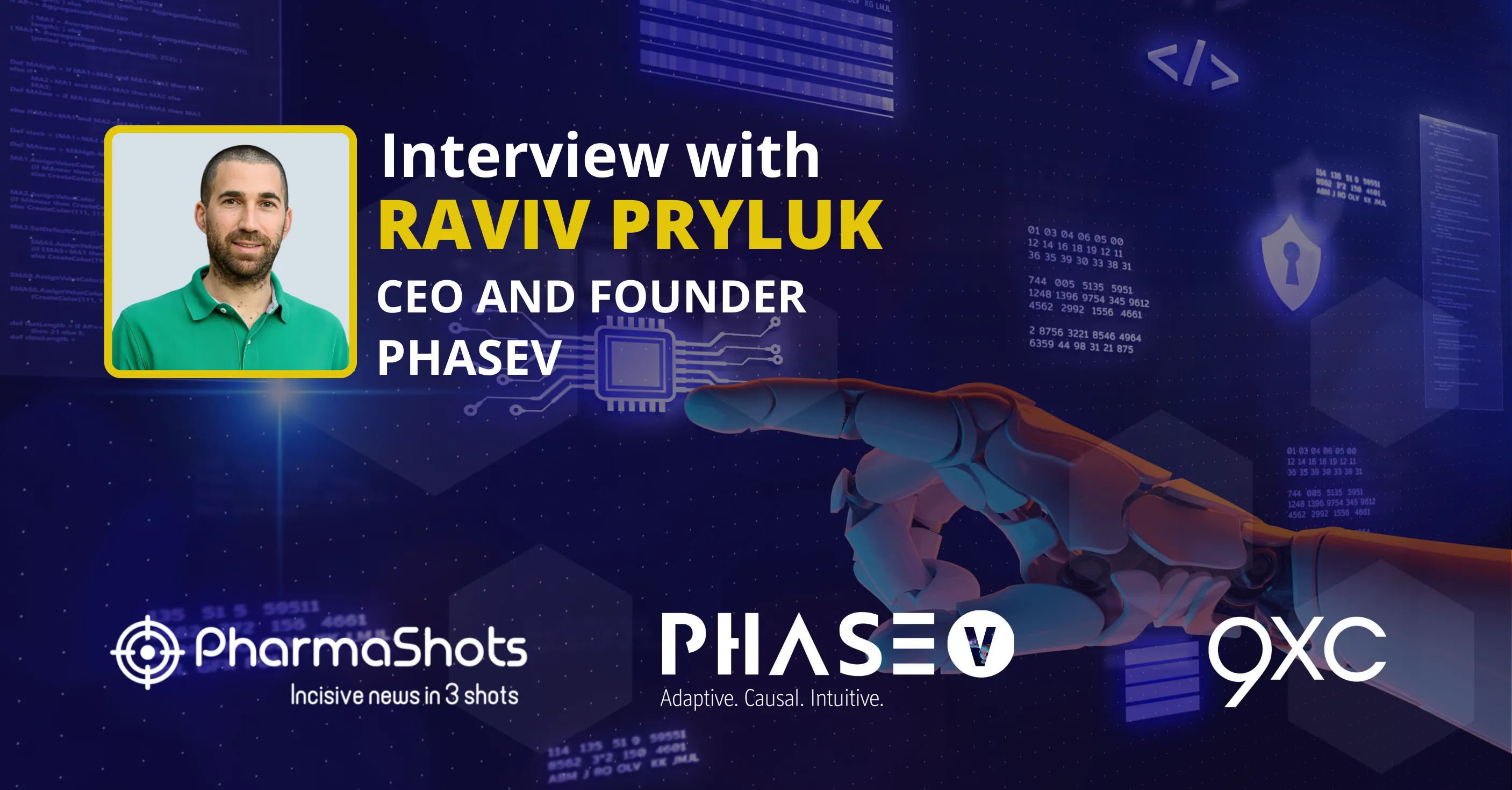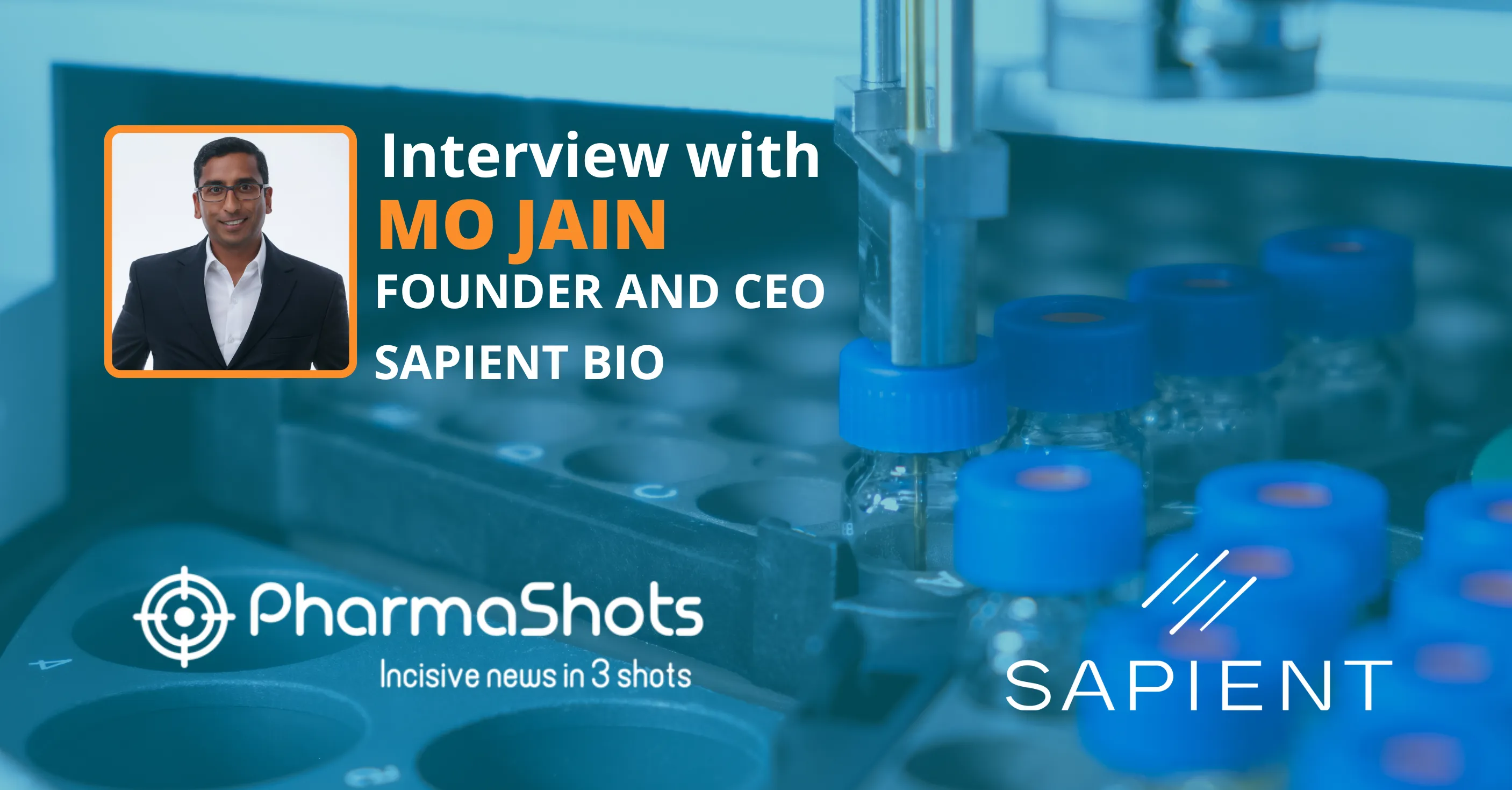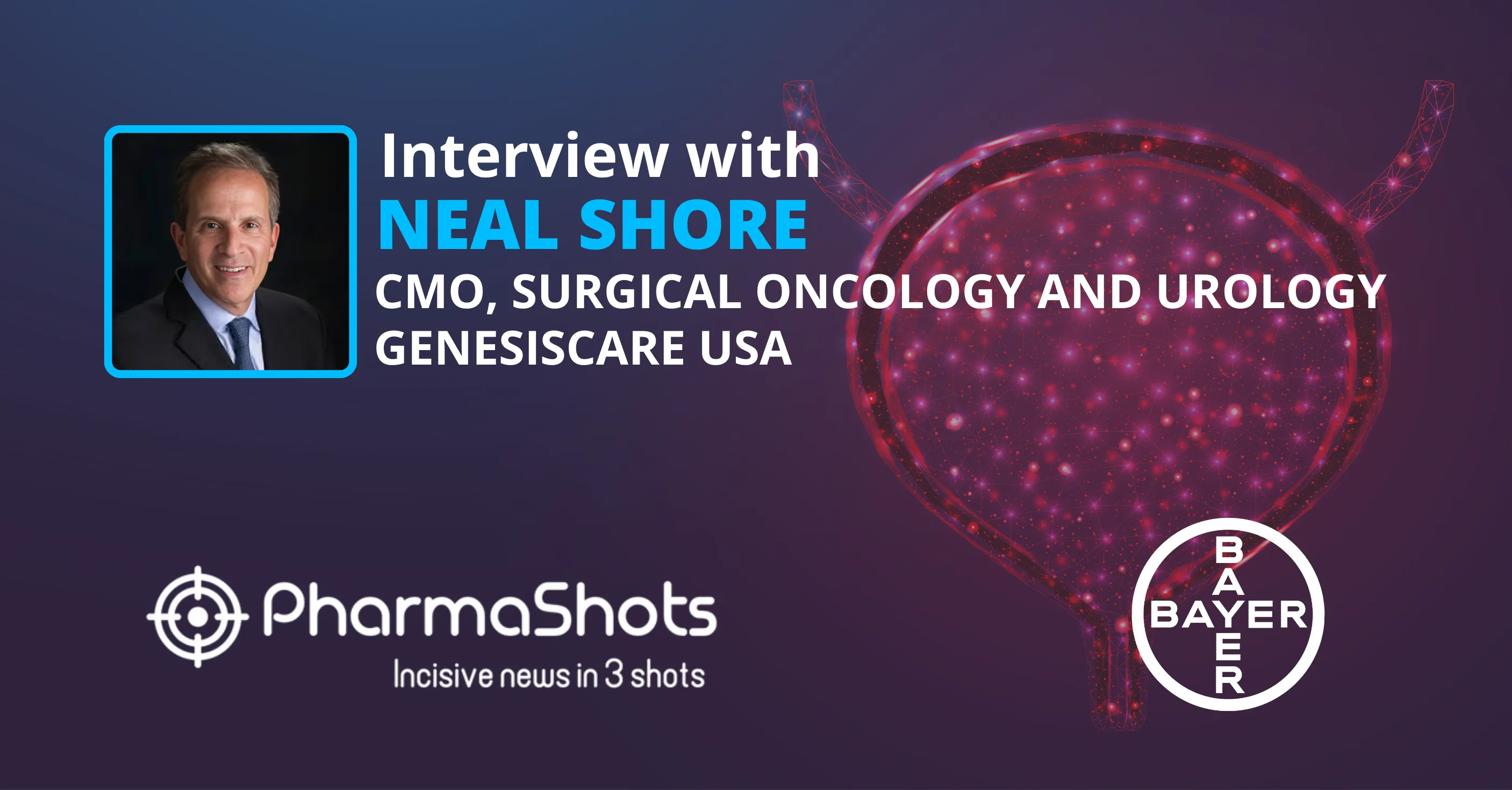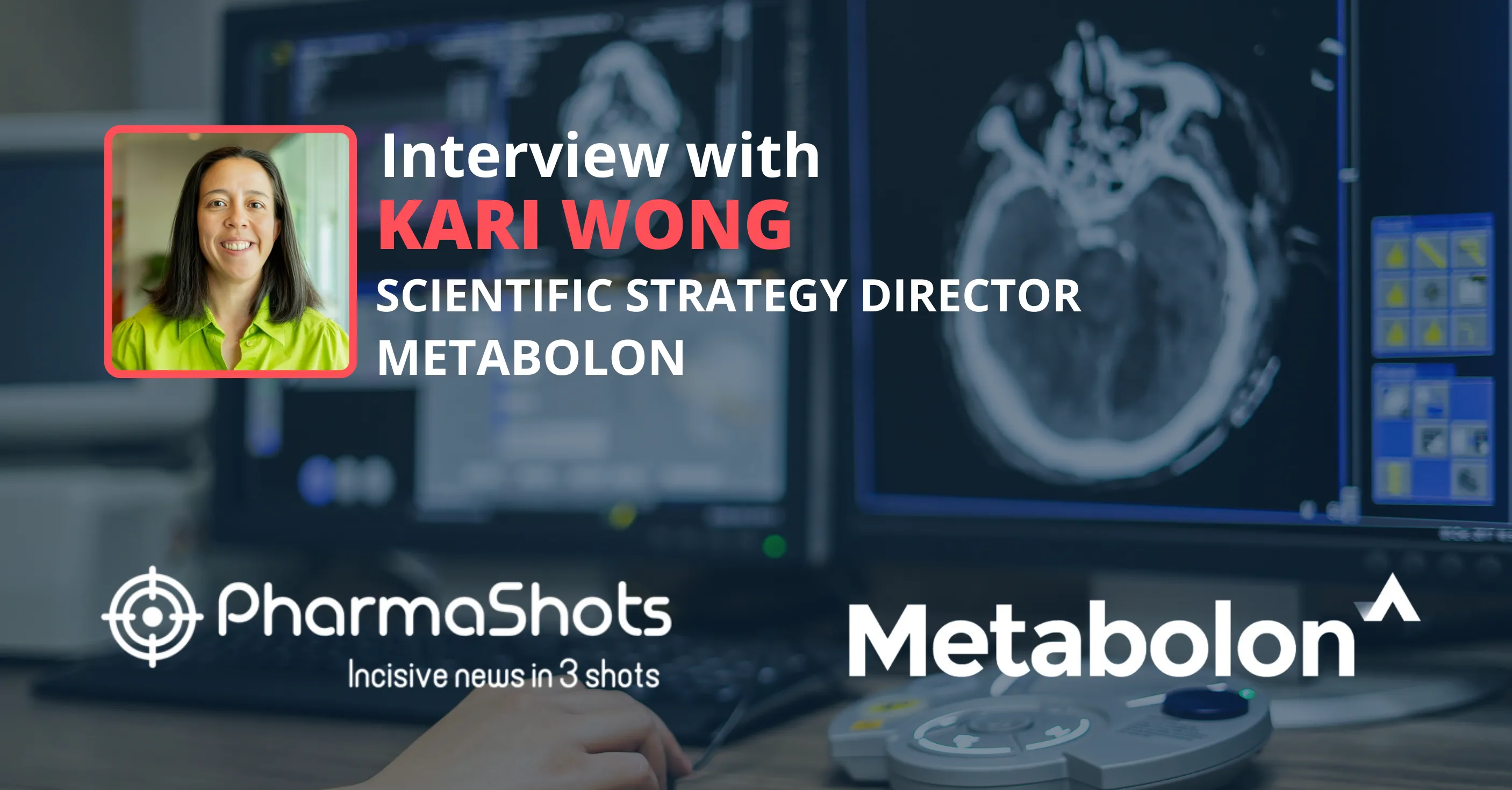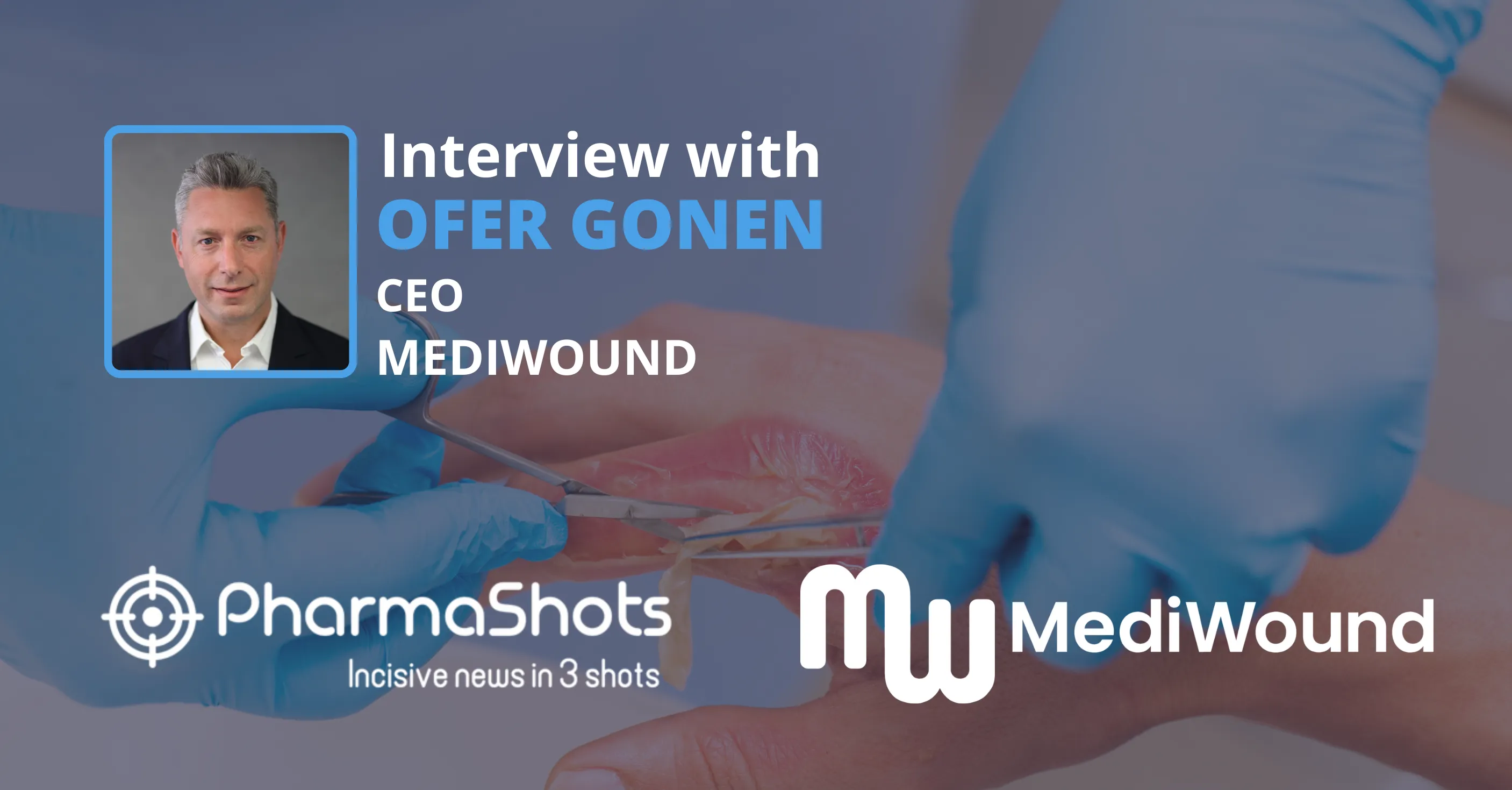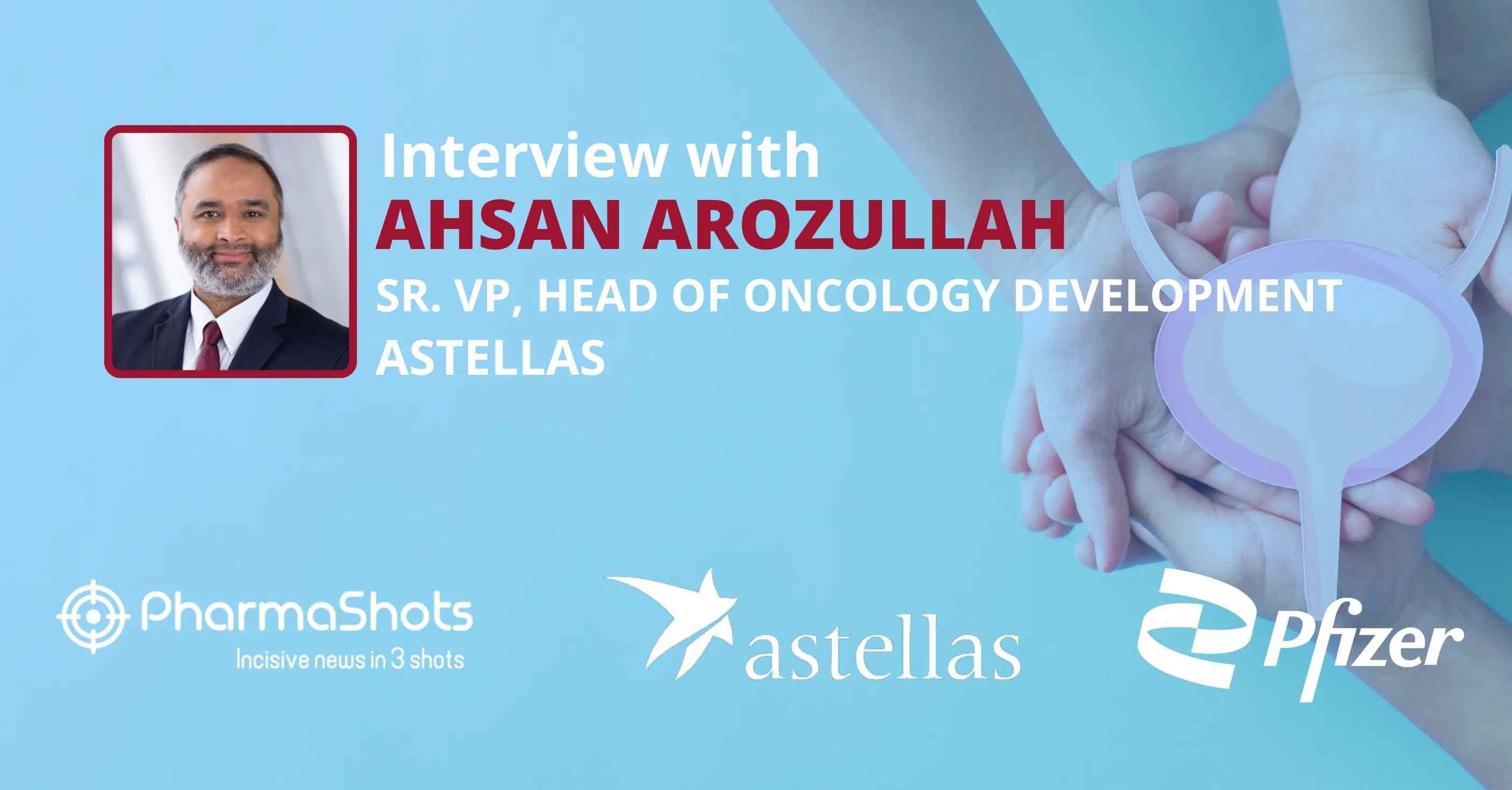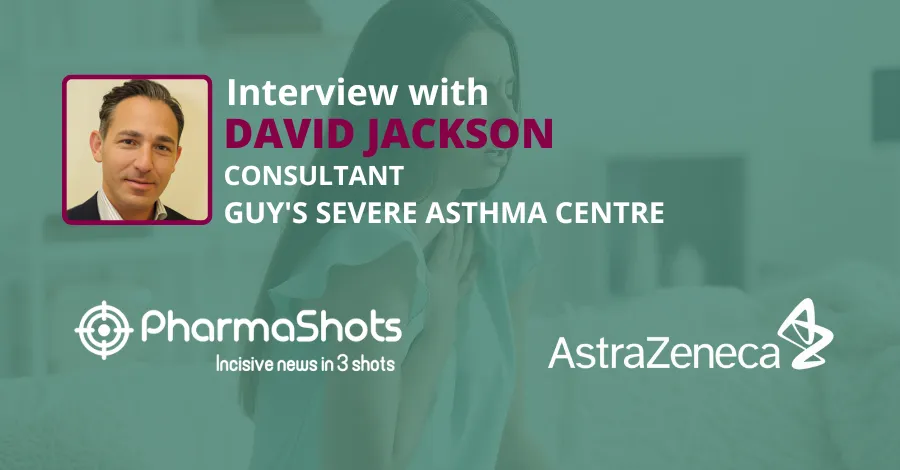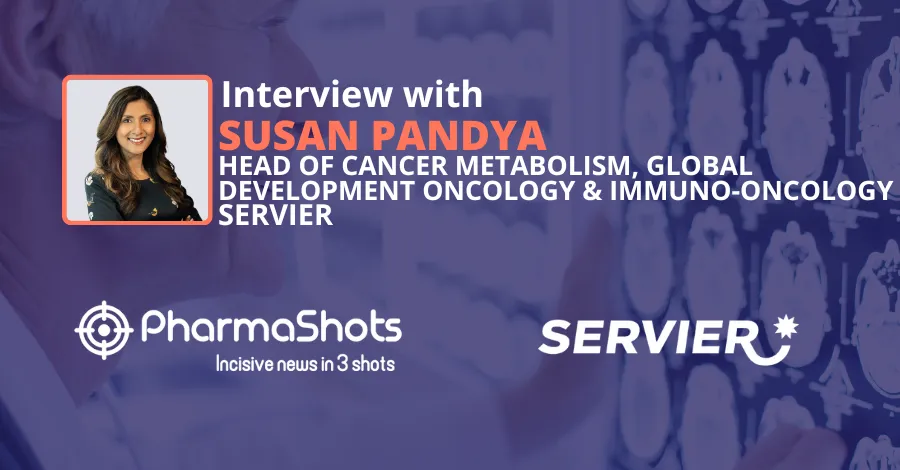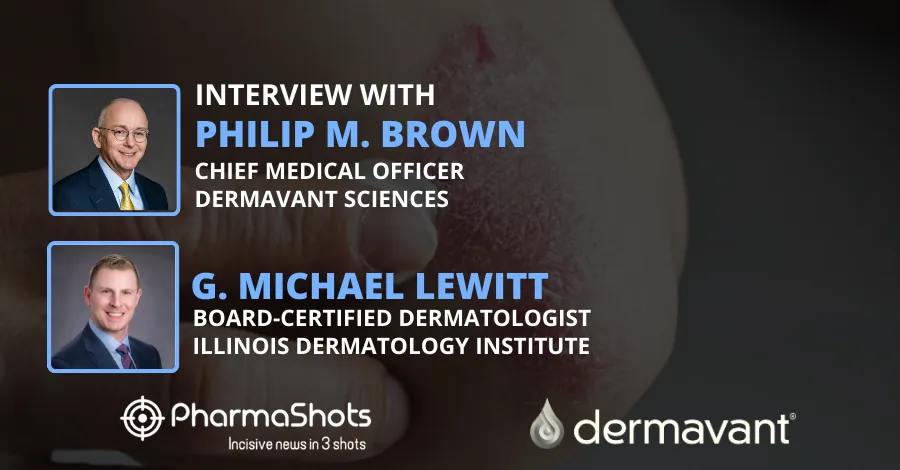
Michael Scheffler, Vice President, Head of Life Science PCR at QIAGEN Shares Insights on the Addition of New Biopharma Products to its Digital PCR Portfolio
Shots:
- Michael spoke about the addition of new biopharma products through QIAcuity series of digital PCR (dPCR) instruments to its digital PCR portfolio
- He also talked about how QIAGEN’s dPCR assays are quicker than systems as it was launched in four different master mixes allowing experiments leading to precise results
- The interview gives an understanding of Qiagen’s vision to bring emerging technologies to the field of molecular diagnostics
Smriti: Can you give our readers some insights into the QIAcuity series of digital PCR (dPCR) instruments? What are its uses, how many different versions are there, and what are its working techniques?
Michael Scheffler: Of course. It's a versatile but very adaptable system, so I'll keep things brief.
The QIAcuity Digital PCR System – the instrument together with the QIAcuity Software Suite –delivers precise and multiplexed quantification results for mutation detection, copy number variation (CNV), gene expression studies, genome edit detection, viral titer determination, and residual host cell DNA quantification. It's a nanoplate-based system, so it seamlessly integrates a standard dPCR workflow of partitioning, thermocycling and imaging into a walk-away automated platform. It's quick too, giving you the first results in around two hours.
It's important to know that the nanoplates are designed in SBS format, which allows sample pipetting to be easily automated. And depending on the plate type, you can analyze up to 8, 24, or 96 samples per plate, while for high-sensitivity applications you can use the QIAcuity Nanoplate 26K 8- or 24-well. The number of parallel processable plates depends on the instrument configuration (one, four, or eight plates). The QIAcuity controls all the integrated modules, including a robotic gripper for plate handling, a partitioning module, a PCR thermocycler, and a fluorescence imaging module.
Another huge plus is that setting up experiments and results analysis can be done remotely. The QIAcuity Software Suite has been designed to support users with applications in bioprocessing and QC to fulfill U.S. FDA 21 CFR Part 11 requirements. Since the launch of its updated version, fully customizable user management, an audit trail, and electronic signature functionality are included.
Smriti: Can we talk about the expansion of QIAGEN’s dPCR assays, and the milestones already achieved?
Michael Scheffler: Yes, we're talking about a product that within two years of its launch has already established a broad product portfolio to address the most important market segments and customer needs. QIAGEN has successfully launched four different master mixes (for the detection of DNA and RNA templates using either hydrolysis probes or intercalating dye). with more in the pipeline. On top of that, three kits for residual DNA quantification, 10 cell and gene therapy assays, and eight different configurable assay portfolios for the detection of DNA mutations, copy number variations, pathogens, mRNA, and miRNAs. There's more – we offer around 750 wet lab-tested miRNA assays, and offer >200 wet lab-tested assays for mRNA, CNV, pathogen and mutation detection each. This is by far the most comprehensive offering on the market.
Another milestone was the advent of the QIAcuity One-Step Viral RT PCR Kit for COVID-19 testing and wastewater monitoring only a few months after the system had launched, and 10 months after the pandemic had started. It allows researchers and governmental agencies to improve COVID-19 detection and surveillance, and to detect the viral RNA without the need for a separate cDNA synthesis step. In the meantime, we have an improved kit version – the probe-based QIAcuity OneStep Advanced Kit includes a novel patent-pending HotStart RT enzyme to allow simultaneous loading of multiple Nanoplates to leverage the full potential of QIAcuity Four and QIAcuity Eight without impairing the quantification results of RNA targets. Plus, QIAcuity OneStep Advanced allows you to detect viral and bacterial DNA and RNA.
Smriti: Do you think QIAGEN’s dPCR assay is superior to other assays?
Michael Scheffler: Yes, and here's why. When you combine them with QIAGEN master mixes, the assays allow multiplate experiments and still provide precise and reproducible results. What's more, various assay product lines come in multiple fluorescent dye configurations, making use of the multiplexing capabilities of the QIAcuity instruments.
QIAGEN offers pre-defined and wet lab validated assays via the design & data analysis platform GeneGlobe. Also, it features broad expertise in the customization of assays to address specific customer needs.
Then you have the QIAGEN Genomic Services to complete the breadth of the dPCR portfolio with expert custom assay design and verification services. On top of that, we offer on-request technical verification for immediate use on the QIAcuity.
And one more thing – due to QIAGEN’s assay and nanoplate design, it's possible to automate the reaction setup using a front-end automated liquid handler, such as the QIAgility, to reduce hands-on time and give the user higher throughput.
Smriti: What factors have you taken into consideration for the quality testing of QIAcuity dPCR?
Michael Scheffler: It goes without saying that quality at QIAGEN is our absolute priority, QIAcuity dPCR is subject to a multi-step quality testing process. That starts with the instrument manufacturing process, which includes an incoming QC for all parts, and a functional module QC test for all modules included in each QIAcuity instrument, as well as a QC of the finished instrument.
The installation of the QIAcuity systems includes a functional test of the instrument, plus training of personnel, with optional IQ/OQ service and annual maintenance visits.
It's also worth mentioning that assay and master mix QC takes place at QIAGEN’s own manufacturing sites – that's to ensure full functionality. It depends on the complexity of a product, of course, but QC efforts might include functional tests to guarantee best-in-class performance.
The nanoplates are checked after molding by a 100% optical control measurement system, which means not only every plate but also each well and each partition/channel and its microstructures are automatically checked during QC for the respective size specifications.
And then the final QC step, batch plate samples undergo a full dPCR wet run to test that plates are functional from a biological perspective. We do this with the QIAcuity instrument and a QC assay.
Smriti: Can you tell us how the new cell and gene therapy applications will be accessible, and what are the benefits to customers?
Michael Scheffler: There are multiple benefits. The Cell and Gene Therapy (CGT) applications were launched this past summer and cover both the detection of viral titers, particularly for adeno-associated viruses (AAV), as well as the detection of contaminants such as host cell DNA for E.coli, CHO and HEK. These applications are featured on our dedicated webpage, explaining the use of dPCR in the context of cell and gene therapy. The benefits are 1. The ease of use, meaning a similar setup to a qPCR-like workflow usually adopted for in-process controls like viral titer quantification and residual DNA quantification, but without the qPCR limitation of needing a standard. 2. The CGT assays let users fully utilize the multiplexing capability of the QIAcuity, as the assays are labeled with different dyes, and can be easily combined with gene-of-interest assays.
More specifically, CDMOs (contract development and manufacturing organizations) and biopharma companies will benefit from securing a high-quality product addressing a need for accurate viral titer quantification and validation of the vector consistency. Our residual DNA quantification kits, bioburden and mycoplasma kits are designed to meet all compliance requirements for quality control and purity. In short, our customers will save time and deliver a safe, high-quality and effective product to the end users.
Smriti: Can we also talk about the functionality and target sectors of the QIAcuity Residual DNA Quantification Kits?
Michael Scheffler: So, the new QIAcuity Residual DNA Quant Kits are designed to detect very low levels of DNA contamination from hosts like E.coli, HEK or CHO cell lines. You know that the FDA and other regulatory agencies define a maximum level of contamination for biologically active products, since residual DNA may pose an oncogenic and/or infectious risk. All three solutions allow absolute quantification without the need for a standard, although a separate DNA quant standard is available to facilitate bridging studies and/or experimental verifications. The targets detected by the QIAcuity Residual Quant Kits are multi-copy targets occurring repeatedly in the respective genome, allowing highly sensitive detection.
I'd say that the typical target sector includes bioproduction companies, CDMOs and fully integrated biopharma companies that are producing plasmids and viral vectors such as AAV production for gene therapy.
Smriti: What advancements are you planning to bring to genomic assay technologies?
Michael Scheffler: I'm happy to say that QIAGEN is expanding its range of applications beyond the analysis of RNA and DNA. This initiative has already begun with the analysis and quantification of proteins, and may lead to the simultaneous analysis of nucleic acids and proteins.
Smriti: Can you shed some light on the growing pace of the next-generation therapies in the biopharma market?
Michael Scheffler: That's a very important area. Most recent discussions seem to center mainly around CAR-T (Chimeric Antigen Receptor T-Cells). And here a lentiviral production workflow could truly benefit from the strengths of the dPCR technology.
Source: Qiagen
About the Author:

Michael Scheffler is the Vice President, Head of Life Science PCR at QIAGEN. With 15+ years of experience at QIAGEN, Scheffler has held several R&D and program management positions. During this time he introduced several purification and detection platforms (QIAcube, RotorGene, QIAcuity) as well as regulated diagnostic applications into the market. Recently he took over responsibility for the Life Science PCR business. Michael holds an MSc in Engineering from the Technical University Berlin, and a Ph.D. from ETH Zurich, respectively. After graduating he joined a Swiss SME startup for five years, providing contract development services around medical device miniaturization, serving in the executive management as well as a board member.
Tags

Senior Editor at PharmaShots. She is curious and very passionate about recent updates and developments in the life sciences industry. She covers Biopharma, MedTech, and Digital health segments along with different reports at PharmaShots.



